Earth Science
Earth Science
Harvard’s researchers are exploring Earth’s past, predicting its future, and working to understand the hidden mysteries of our home.
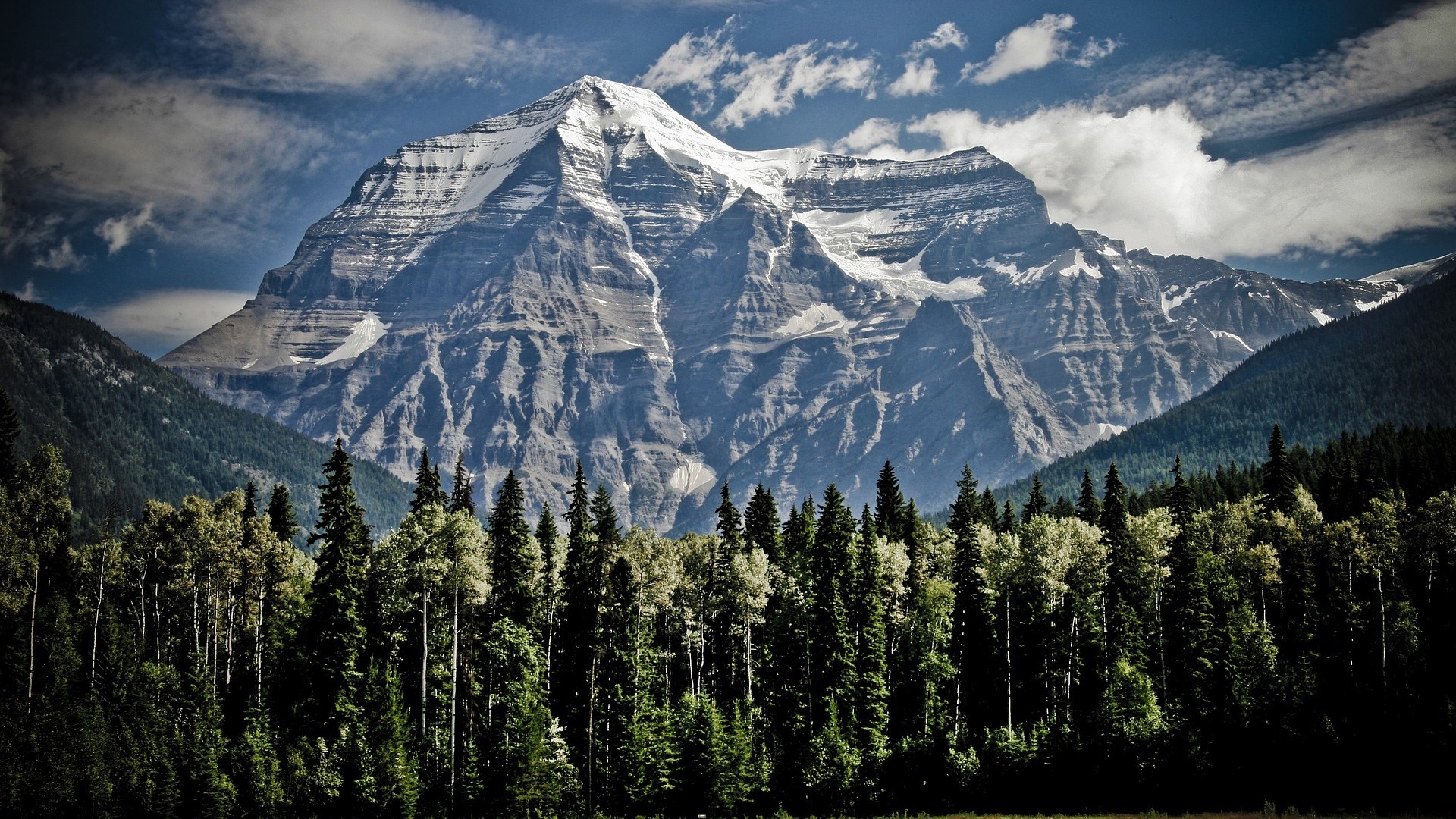
Tectonic plates
Researchers studying when tectonic plates began to shift found that it began much earlier than previously thought, launching the creation of continents, oceans, and other landforms.
How do we predict earthquakes?
A team of Harvard scientists created numerical models to predict an earthquake’s final magnitude 10 to 15 seconds faster than the current best algorithms.
Are all faults dangerous?
To understand which faults may be the most dangerous, researchers have developed large-scale models of the fault systems in the western United States, Japan, Turkey, and other locations across the globe.
In real time
Earth continues to shift and change, which means we must develop creative solutions for the complex problems that emerge.
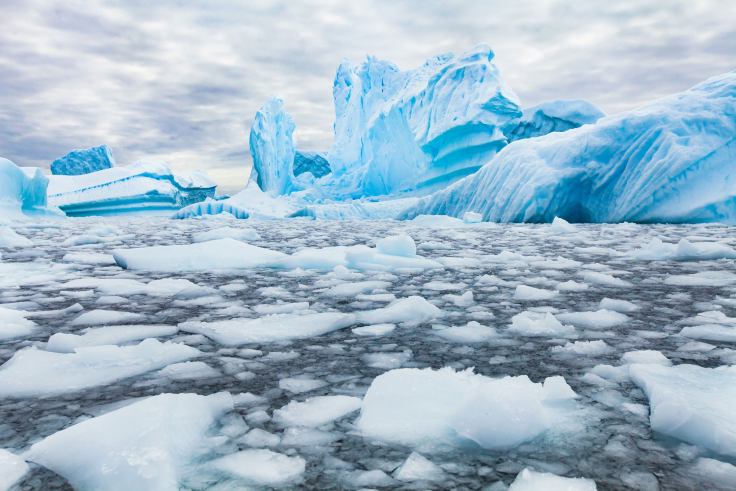
The melting of polar ice is shifting Earth itself
As glacial ice from Greenland, Antarctica, and the Arctic Islands melts, Earth’s crust warps, an impact that can be measured thousands of miles away.
The melting of polar ice is shifting Earth itselfA 2022 volcano eruption altered the chemistry of the stratosphere, reducing ozone levels
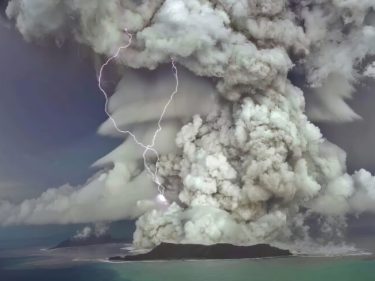
Catastrophic floods are exposing the cracks in the flood insurance market
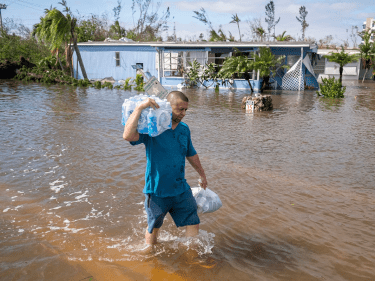
Experts are rethinking design and infrastructure in the wake of major earthquakes

A deadly tsunami in Japan forced people to think more critically about unexpected natural disasters
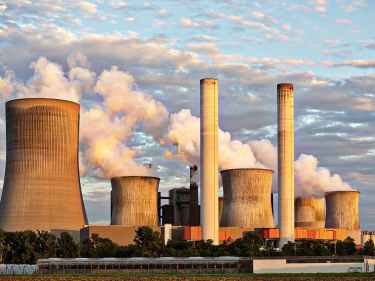
Polish up on your rock knowledge
Earth rocks!
Better understanding our home
Harvard experts are using everything from science to religion to gain a deeper awareness of the world around us.
New research corrects decades of sea surface temperature data, solving a long-standing mystery about global climate change.
Researchers created an algorithm that can separate small disturbances from seismic noise.
A team of researchers found that hydraulic fractures play a major role in the generation of tectonic tremors.
The philosophy centers on the idea that we are part of and utterly dependent on the living Earth.
Spinning back the globe
Exploring the events and changes in Earth’s past may help us understand what we can except in the future.
Double dinosaur disaster
Along with an asteroid impact, evidence points to volcanoes having a role in the extinction of the dinosaurs, especially the Deccan Traps eruption, which lasted a million years and produced lava formations 6,000 feet thick.
Creating conditions to cultivate life
Research on early tectonic plate movement and a protective magnetic field offer a glimpse of when the Earth was conducive to the development of life on the planet.
Super storms the size of states
During ancient periods of extreme heat, Earth may have experienced cycles of dryness followed by massive rainstorms hundreds of miles wide that could dump more than a foot of rain in a matter of hours.
Terrible tremors around Tennessee
The New Madrid earthquakes of 1811 and 1812 reshaped the landscape and the lives of the people who settled there. So why were they forgotten by the time of the Civil War?
You may also like